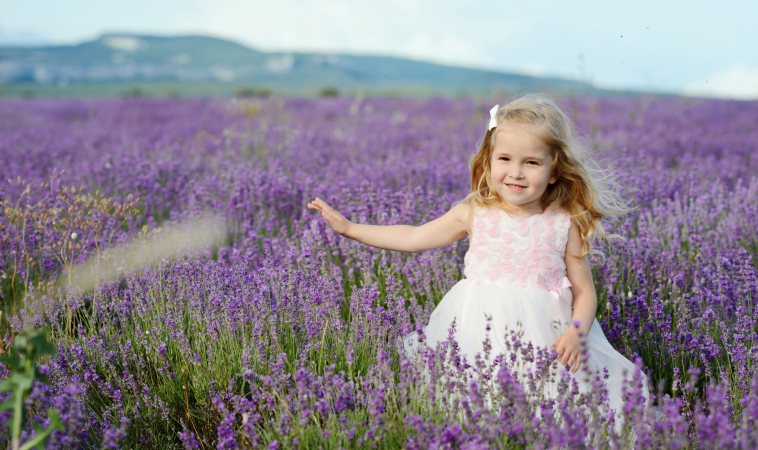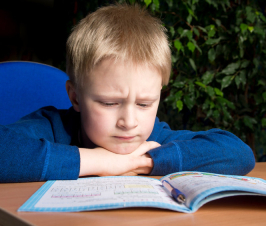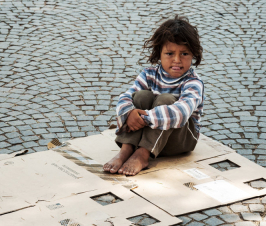Dr. Shaida Sina, NMD
Children respond to the use of Aromatherapy very well. The one concern when using essential oils on small children, infants, and pregnant women is appropriateness of the oils. The issues with children and infants include skin sensitivity and body weight; therefore, doing patch testing and reduced dosing are very important. The use of essential oils in pregnancy will not be addressed in this article.
PATCH TESTING
Patch testing helps gauge the relative sensitivity to essential oils. This should be done on all pediatric patients and patients who have a history of sensitive skin and allergies. The procedure is to:
- Wash an area on the forearm about the size of a quarter and dry carefully
- Apply a drop of the essential oil (depending on the age of the child, the oil may need to be diluted first)
- Add a loose bandage and wait twenty-four hours. If no reaction occurs, treatment can proceed
CARRIER OILS
The rule of thumb for pediatric dilution is 1%, or 3 drops of essential oil for each tablespoon of carrier.
Carriers can include olive oil, apricot kernel oil, oatmeal, almond oil, castor oil, cocoa butter, calendula infused oil, or grapeseed oil.
Ringworm
Treatment of tinea, or ringworm, in naturopathic practice should be with a holistic approach. Topical fungal infections are an expression of immune dysfunction and should also be internally addressed by diet and cleansing. Ringworm is a highly contagious fungal infection that can infect the body (tinea corporis) and scalp (tinea capitis). Common sources of infection include pets, soil, plastic furniture, gym mats, brushes, combs, hats, clothes, exercise equipment, and person to person contact. Symptoms may present on the body as a single ring patch or multiple patches. The organism grows outward from the center producing a red ring appearance on the skin. Infection of the scalp may appear as rings of vesicles, which are extremely itchy. There may be patches of hair loss as well. Because fungal infections can be fairly resilient, they require a stronger concentration and longer application.
TREATMENT PROTOCOL
For a child age 5 and under, combine 15 drops of essential oil of lavender, 10 drops of essential oil of geranium, and 10 drops of essential oil of lemon in 2 ounces of carrier oil. Apply to infected area 3-4 times per day for approximately 1 month.
For a child age 6 or older, combine 25 drops of essential oil of tea tree, 10 drops of essential oil of oregano, and 10 drops of essential oil of lemon in 2 ounces of carrier oil. Apply to infected area 3-4 times per day for approximately 1 month.
For an antifungal bath, combine 5 drops each of the essential oils of myrrh, sandalwood, patchouli, and tea tree with 1-2 cups of sea salt. Fill the bath with warm water. Add the mixture to the water and stir well. Soak for approximately 20 minutes.
HEAD LICE
Pediculosis capitis, also known as head lice, is another common condition seen in a pediatric naturopathic practice. Annually, 6-10 million children in the United States are infected. This condition is transmitted by a parasite which feeds on the scalp and neck and deposits its eggs on the hair. This is another highly contagious disease, which is transmitted by objects such as combs, bedding, carpets, pets, chicken, and from child to child. Symptoms of head lice include scratching of head, neck and back, restlessness, distraction, and inattentiveness at school. Secondary infection may lead to lymphadenopathy.
TREATMENT PROTOCOL
A preventive shampoo combines 1 tsp. essential oil of rosemary with 8 ounces of a gentle shampoo. The hair should be washed daily with this shampoo.
Oncenitsare present, use a combination of 2 tsp. of essential oil of rosemary with 8 ounces of vegetable oil. Apply the vegetable oil mixture on the head and place a shower cap over the hair for 4-6 hours. Essential oil of rosemary is anti-infectious. It is a very strong essential oil and patch testing is recommended. The vegetable oil acts to smother the organism. Before applying oil, make sure the hair is combed thoroughly. Long hair can be very difficult to handle; therefore, it may be prudent to cut the hair short. After application, add vinegar to the hair to break up the oil mixture. Wash the hair and then use the preventive formula. You can find nit combs at local pharmacies. Hair should be combed out 2 times per day. Clean the combs by soaking them in rubbing alcohol. The house must be cleaned and linen must be laundered thoroughly. These parasites require high temperatures to destroy them (steam cleaning of rugs/floors, and dryers set at high temps. for linen and clothes.)
AROMATHERAPY FOR SLEEP DIFFICULTY IN INFANTS AND CHILDREN
Good sleeping habits are acquired early on as an infant is developing. It is important to remember to help guide parents around setting limits and having a schedule and to discuss bedtime routines. Aromatherapy can help quiet the nervous system and relax a child, but it does not take the place of good parenting. A really good nighttime ritual would consist of the following: an aromatic bath followed by massage, a story, a kiss and a hug. For some children a dream pillow may be included. The herbs and essential oils used in these formulas have relaxing and calming properties.
To make an aromatic pillow, in a large bowl combine 2 ounces of each of the following dried herbs: lavender, hops, and chamomile. Add the following essential oils: 2 drops lavender, 1 drop sandalwood, 1 drop jasmine, 2 drops tangerine, 1 drop neroli and 1 drop chamomile. Place the contents in a few yards of cotton fabric. Fold the fabric over and sew the sides of the pillow closed.
For a nighttime aromatic bath, run warm water and place 2 drops of each of the following essential oils into the bath: lavender, tangerine, and jasmine. Swirl the water. Soak the child for up to 10 – 15 minutes. Follow up with washing.
NIGHT TIME MASSAGE OIL
For a nighttime massage oil, place the following contents into a bottle and mix well: essential oils of lavender, geranium, ylang ylang, and lemon (4 drops of each) with 4 ounces of grapeseed oil. Refer your patient to a book that demonstrates infant or child massage techniques.
Essential oils can be an effective, non-invasive treatment in many common pediatric complaints. Though there is very little training in the naturopathic curriculum on the use of essential oils, there are many resources available to the practitioner.
 Shaida Sina, ND has been working in the field of medicine for over 20 years. Her initial training began as a Clinical Scientist where she received her B.S. from University of Maryland’s School of Medicine’s Department of Medical and Research Technology. During her first 10 years in healthcare she worked in the field of laboratory medicine where she ultimately became lead technologist of a reference infectious disease laboratory. Dr. Sina began her studies in natural medicine in 1995 at SCNM and was the first naturopathic physician to do a clinical rotation at Mayo Clinic where she trained in Reproductive Endocrinology. Her areas of clinical focus include women’s health care, pediatrics, and general family practice.
Shaida Sina, ND has been working in the field of medicine for over 20 years. Her initial training began as a Clinical Scientist where she received her B.S. from University of Maryland’s School of Medicine’s Department of Medical and Research Technology. During her first 10 years in healthcare she worked in the field of laboratory medicine where she ultimately became lead technologist of a reference infectious disease laboratory. Dr. Sina began her studies in natural medicine in 1995 at SCNM and was the first naturopathic physician to do a clinical rotation at Mayo Clinic where she trained in Reproductive Endocrinology. Her areas of clinical focus include women’s health care, pediatrics, and general family practice.

















